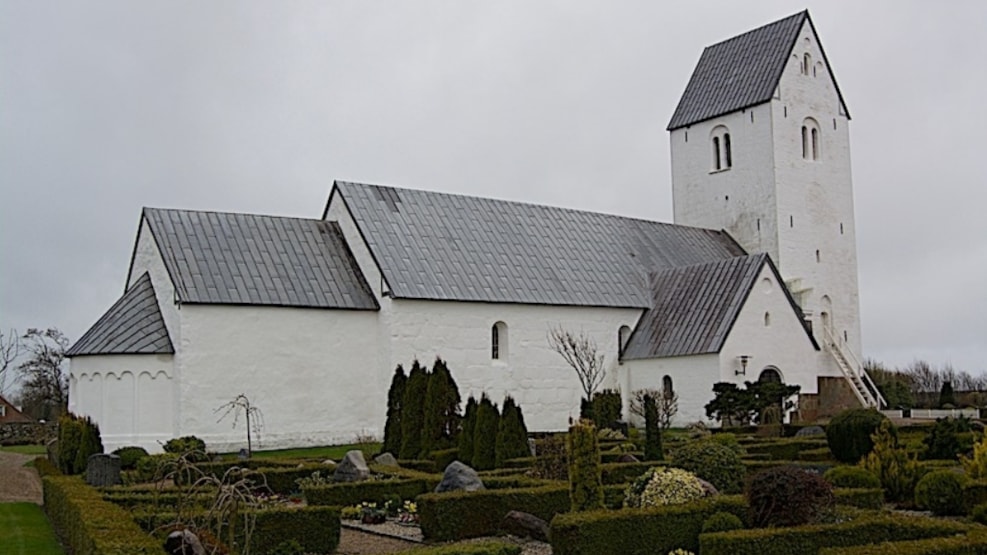
Fur Church
Fur Church is not just a place for reflection and faith – it is a historical treasure inviting you to explore the stories of the past. The church is open from morning bell to evening bell.
Fur Church – A Journey Through 900 Years of History
Welcome to Fur Church – one of the oldest and most atmospheric churches in the Skive region, built before the year 1126. Here you step into a living piece of Danish history, where every stone and detail tells its own story.
Historical Background
In 1166, the bishop of Viborg confirmed that the cathedral chapter had received St. Martin’s Church on Fur about 40 years earlier. The transfer was made with the consent of the church’s founders Gutchi, Atte, and Agi, along with the priest Bo. This makes Fur Church one of the oldest in the area – a significant testament to the island’s early Christian life.
Architectural Development
The oldest parts – the apse, chancel, and parts of the nave’s north wall – are built from Fur’s distinctive red stone.
Remnants of an original west gable in the north wall show that the nave was expanded, possibly as early as the late Romanesque period.
The tower and porch are late medieval additions, constructed with reused granite blocks and bricks.
A granite-carved male head is embedded in the tower’s west side – said to commemorate a craftsman who fell during construction.
Maritime Heritage and Church Ship
Fur has a strong connection to the sea, reflected both outside and inside the church:
In the churchyard stands a memorial to sailors who lost their lives at sea.
Inside hangs a church ship from 1870, built by Fur native Gravers Møller – a boatswain who had sailed the world’s oceans.
Interior and Art
The heavy beam ceiling in the nave is preserved, while the chancel has been fitted with a brick vault.
The pulpit, dating from around 1615, was moved around 1900 and now stands in the southeast corner of the nave.
Behind it hangs a board listing the names of pastors since the Reformation.
The altar features late Gothic side panels with the twelve apostles and was restored in 1949.
Above the entrance hangs a painting of the Crucifixion – originally the central panel of the altarpiece from around 1870.
A few of the old pews from the mid-1600s still stand in front of the pulpit.
Baptismal Font – A Battle Between Good and Evil
The Romanesque baptismal font is richly decorated with a lion and a dragon fighting over a small human figure – a dramatic depiction of the struggle between good and evil, as envisioned nearly 900 years ago.